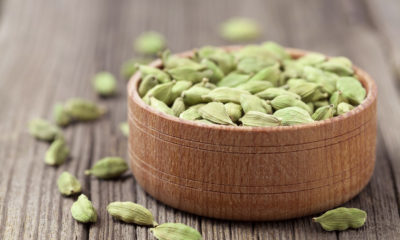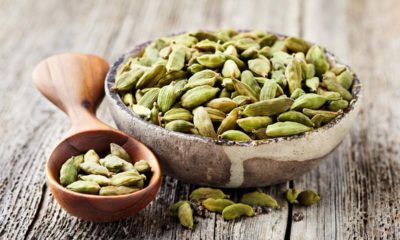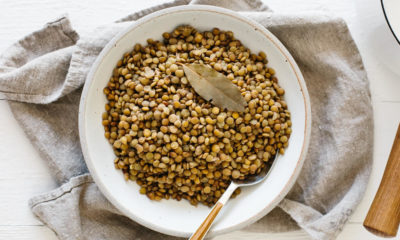Living
The What Why and How of Thanksgiving

It’s Thanksgiving tomorrow! Here’s everything you need to know about the day and why it’s celebrated
The holiday season is here and every year, the yuletide spirit is kicked off with the Thanksgiving Weekend. Though we’ve heard so much about Thanksgiving many of us have no clue about what it is or why it’s celebrated. So as we set the turkeys into the oven and start whipping up our pumpkin pies and gear up for Thanksgiving tomorrow, we tell you everything you need to know about this American holiday
When is Thanksgiving?
Without exception, Thanksgiving always falls on the fourth Thursday of November every year.
This year that’s Thursday, November 23.
What’s the history of Thanksgiving?
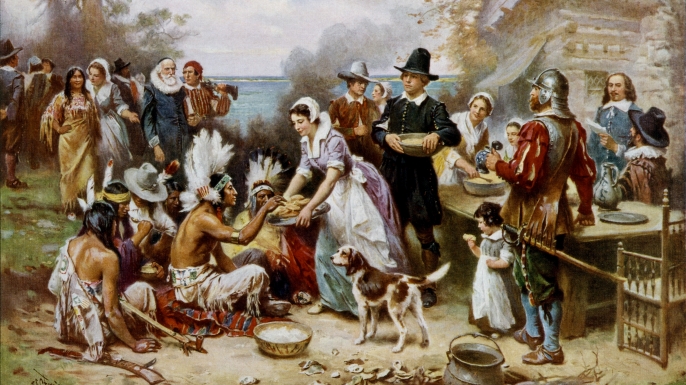
Thanksgiving Day can be traced back to the 1621 celebration at the Plymouth Plantation in Massachusetts. The early European (Dutch) settlers known as the Pilgrims invited the local Native Americans to a harvest feast after a particularly successful growing season.
The previous year’s harvests had failed and in the winter of 1620, half of the pilgrims had starved to death. Luckily for the rest of the Pilgrims, the members of the local Wampanoag tribe taught them how to grow corn, beans and squash; catch fish, and collect seafood.
There are only two contemporary accounts of the 1621 Thanksgiving, but it’s clear that turkey was not on the menu. Others say that as wild turkeys are native to North America, they were a natural choice for early settlers. The three-day feast included goose, lobster, cod and deer. This feast lasted three days and was attended by 90 Native Americans and 53 Pilgrims.
It spread through the country and was celebrated on different days in different communities until, in 1789, George Washington declared the first national Thanksgiving Day.
What gets eaten?
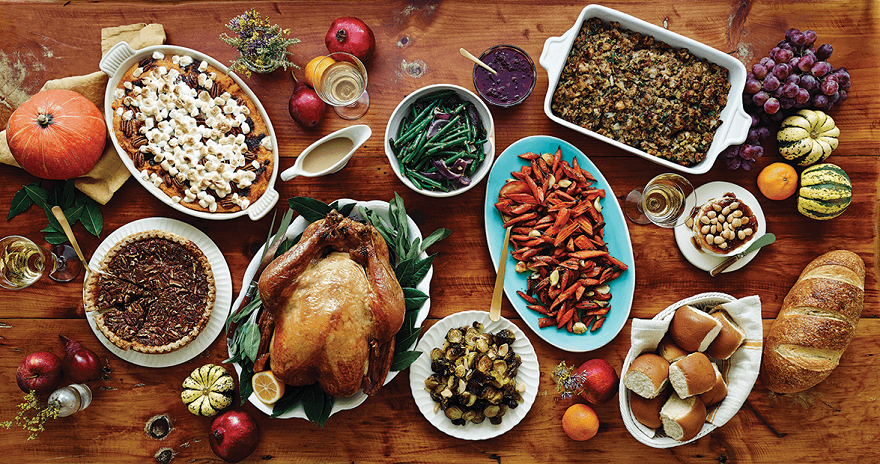
Turkey: and/or ham, goose and duck or turduken (a combo of three whole birds! – turkey, duck and chicken)
Stuffing: a mix of bread cubes, chopped celery, carrots, onions and sage stuffed inside the turkey for roasting. Chestnuts, chopped bacon or sausage, and raisins or apples are also sometimes included in the stuffing.
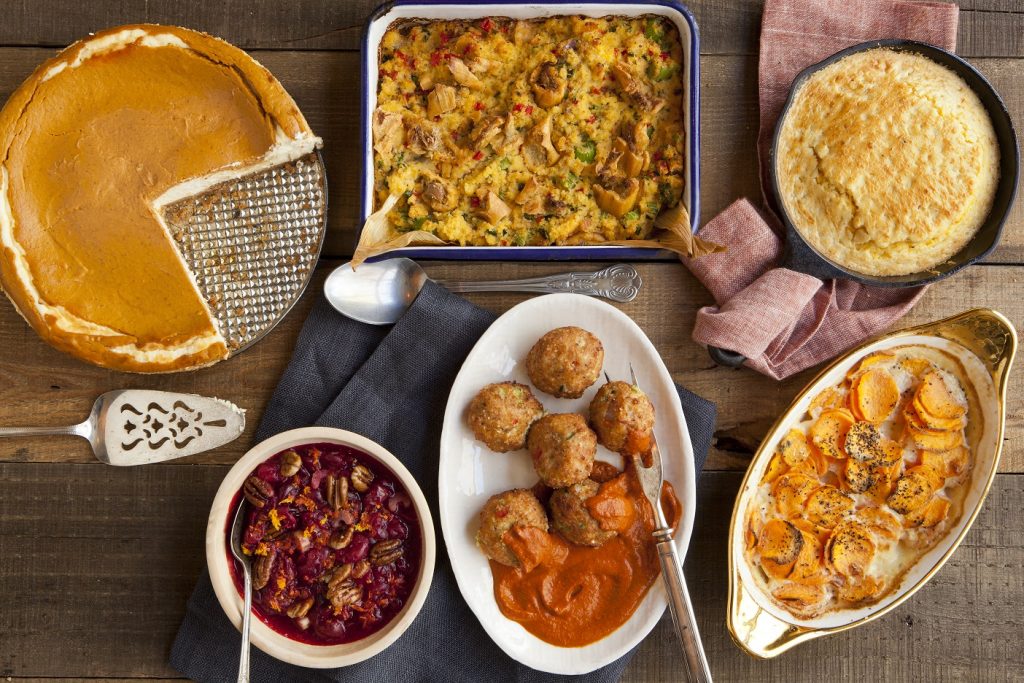
Sides: Thanksgiving meals also includes a wide array of side dishes, all based on family recipes with everything from Pumpkin soup and Cauliflower Purée to mashed potatoes, sweet potato, french beans, cornbread, cranberry sauce, brussel sprouts, corn on the cob, roasted root vegetables, macaroni and cheese and last but not the least gravy.
Pies: pumpkin pies are most common, but pecan, apple, sweet potato and mincemeat pies are also quite popular.
When might I have seen Thanksgiving on screen?

Most of our ideas of Thanksgiving comes from the holiday episodes of American sitcoms from Simpsons, Modern Family, and more popularly from our all-time favourite, Friends.
Friends have recurring Thanksgiving episodes which were some of the classic and best-loved episodes from the sitcom. Here are a few that we remember.

You’ll remember Chandler boycotting the holiday because it reminded him of his parents’ divorce and the time when a Macy’s parade balloon escaped and the cartoon character Underdog flew away – leading to the gang being locked out of Monica’s apartment while the turkey burned. And how can we forget that time when tJoey’s head gets stuck in the Turkey.
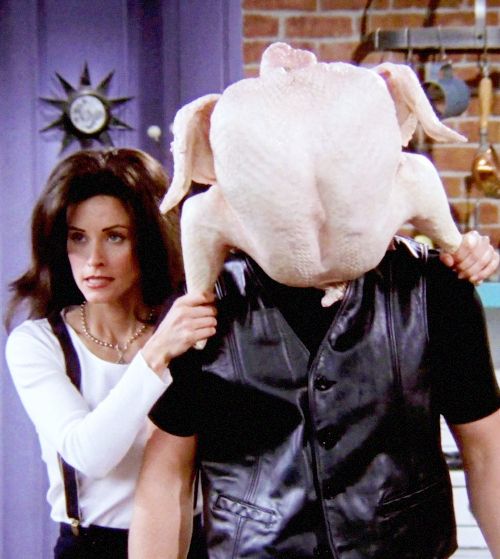

And how could we EVER forget that Thanksgiving back in 2001 when Brad Pitt came to dinner with the gang!!! We are indeed thankful for Brad and his handsomeness that has given us reason to survive through our lonely years.
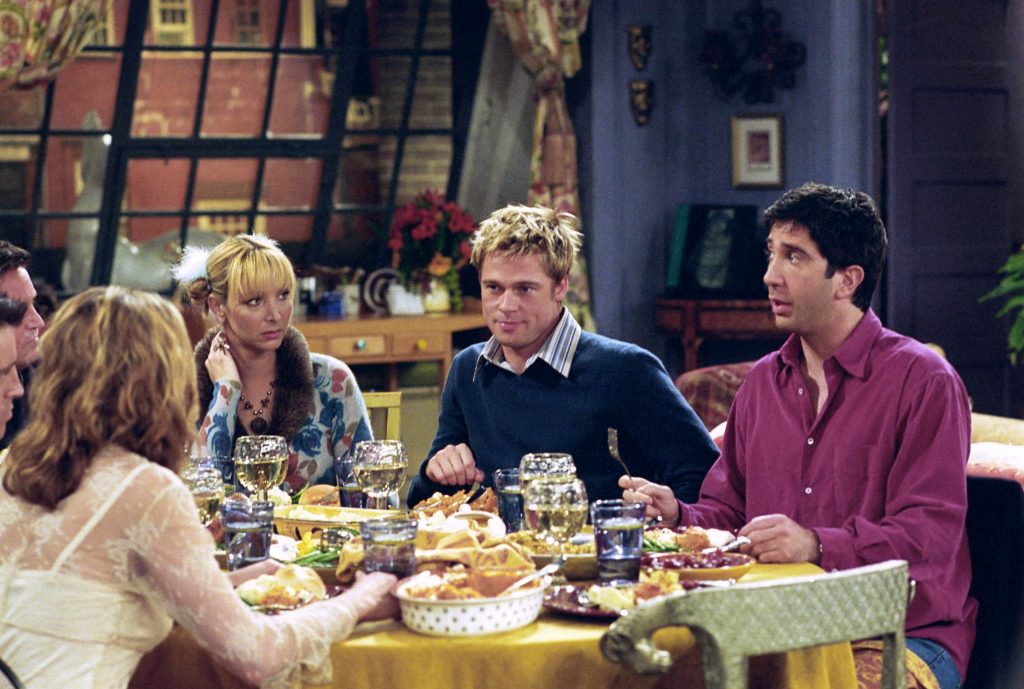
The Simpsons too celebrated (or rather, observed) Thanksgiving year after year, with their own crazy messages of being ‘thankful’ thrown in between

Another one of our favourite Thanksgiving movies has got to be Home for the Holidays
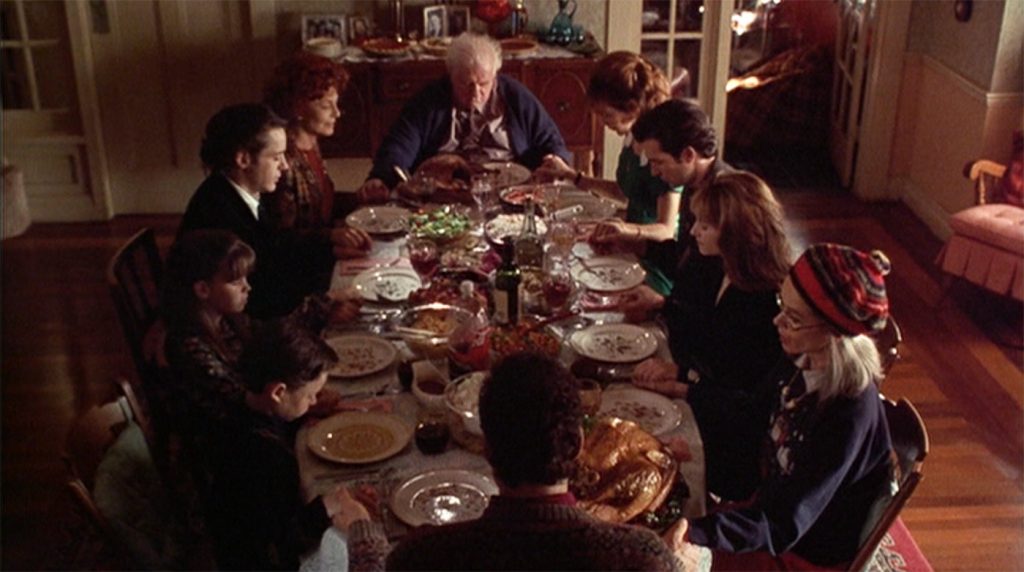
Apart from these and the animated movie Free Birds, Thanksgiving scenes are a part of many movies and series and we’re sure you’ve seen at least a dozen so far.
Art
Navratri 2024: Celebrating the Nine Colours and Their Significance
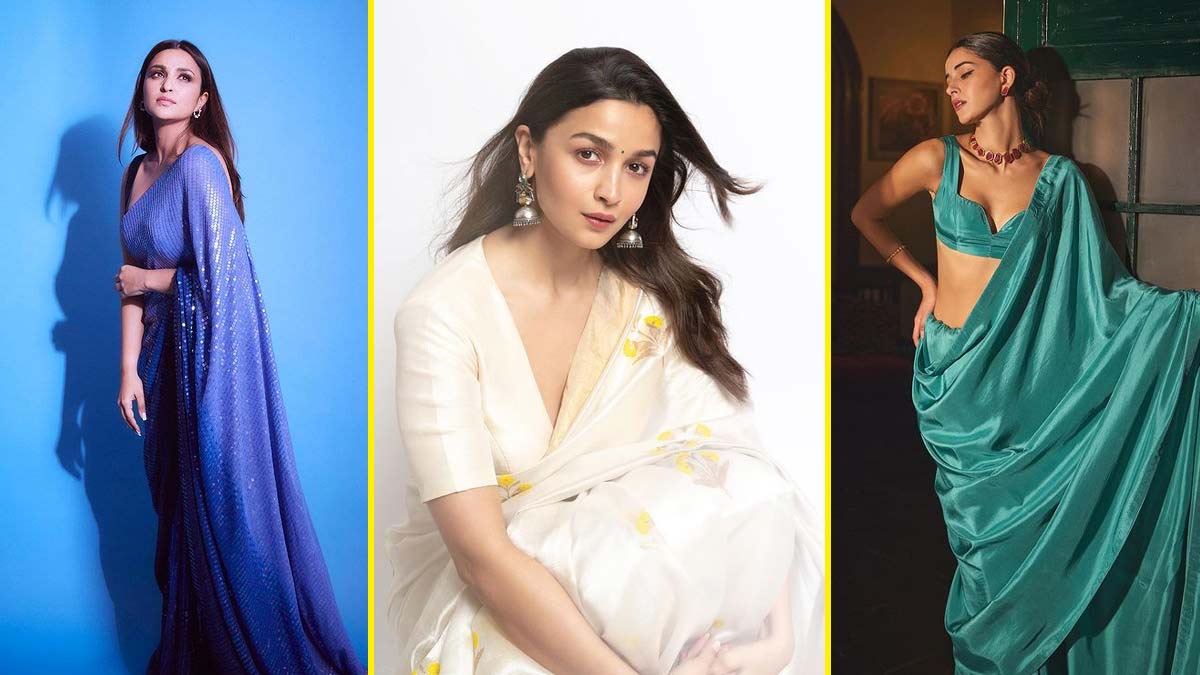
Navratri, the festival that spans nine nights, is one of the most auspicious and widely celebrated festivals in India. Dedicated to the worship of Goddess Durga in her nine forms, each day of Navratri holds special significance, marked by a distinct color that carries deep spiritual and cultural meaning. As we prepare for Navratri 2024, let’s explore the nine colors associated with each day, their significance, and how they inspire devotion, positivity, and harmony.
Day 1: Yellow
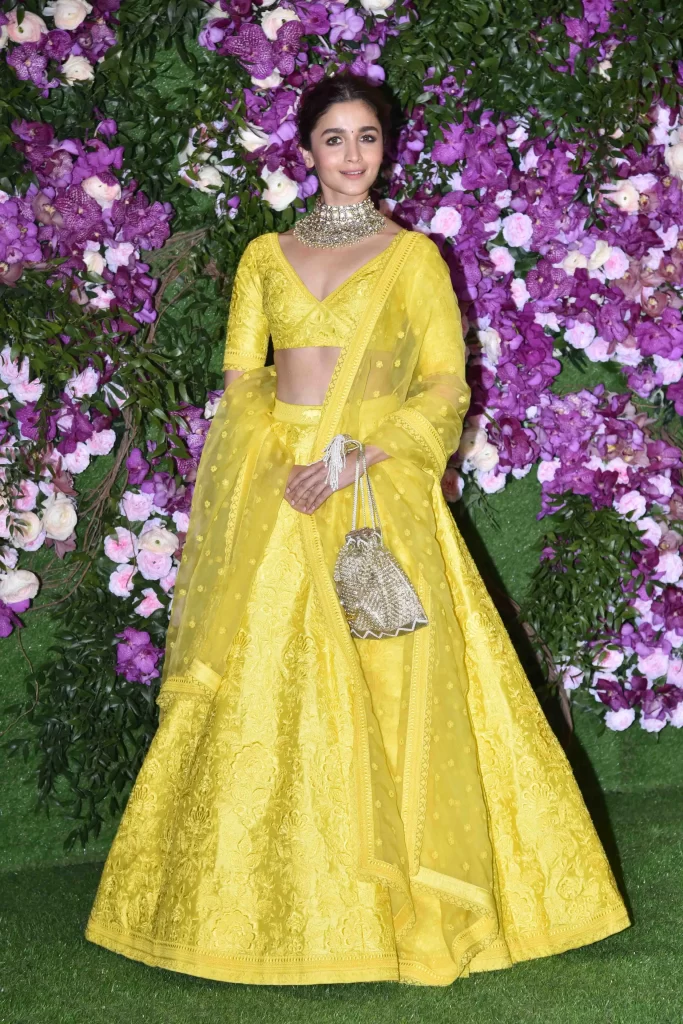
On Thursday, embrace the uplifting energy of yellow as you celebrate Navratri with optimism and joy. This warm and cheerful color symbolizes happiness and radiates positivity, keeping you in high spirits throughout the day.
Day 2: Green
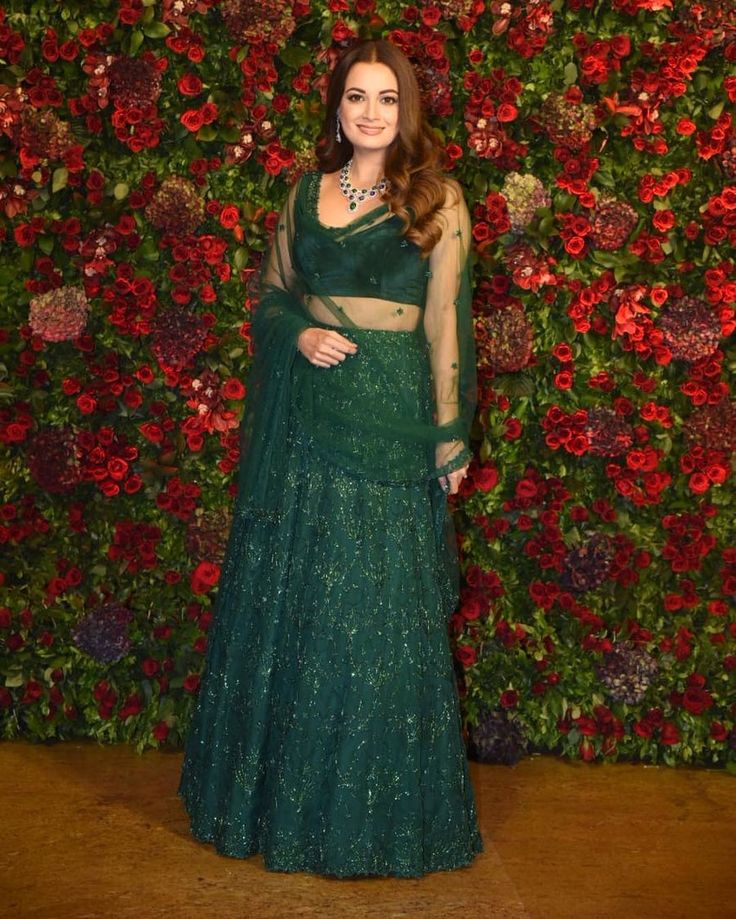
On Friday, wear green, a color that represents nature, growth, and harmony. It evokes a sense of peace and serenity, while also symbolizing new beginnings. Let the vibrant energy of green invite tranquility and the blessings of the Goddess into your life.
Day 3: Grey
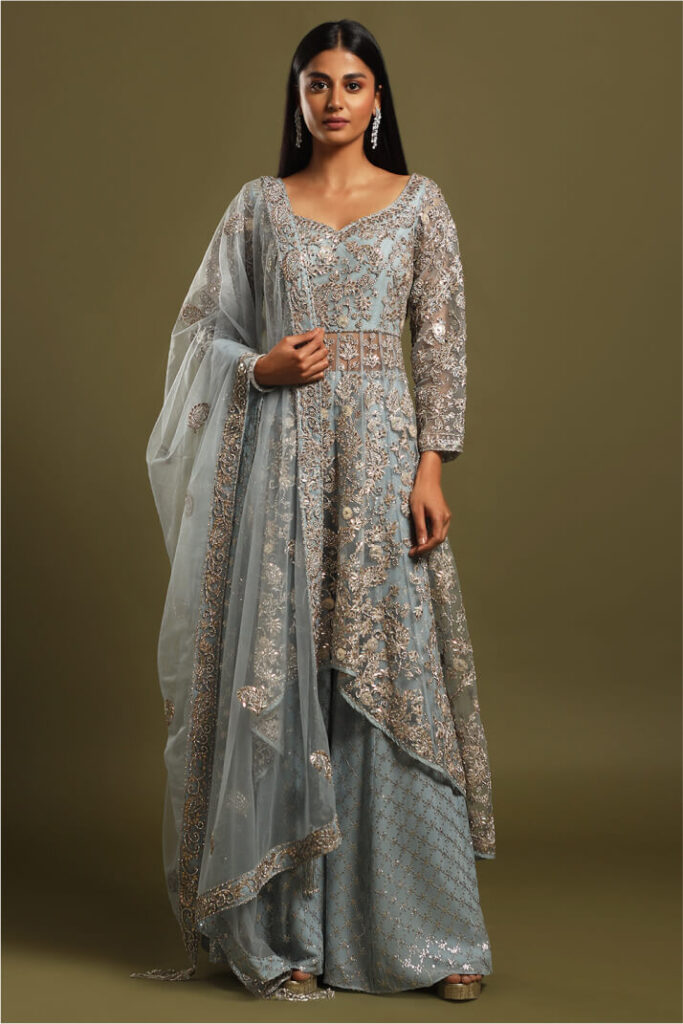
Saturday calls for the subtle sophistication of grey. This balanced color keeps you grounded and calm, symbolizing composure and understated elegance. It’s perfect for those who want to participate in Navratri with grace while making a refined style statement.
Day 4: Orange
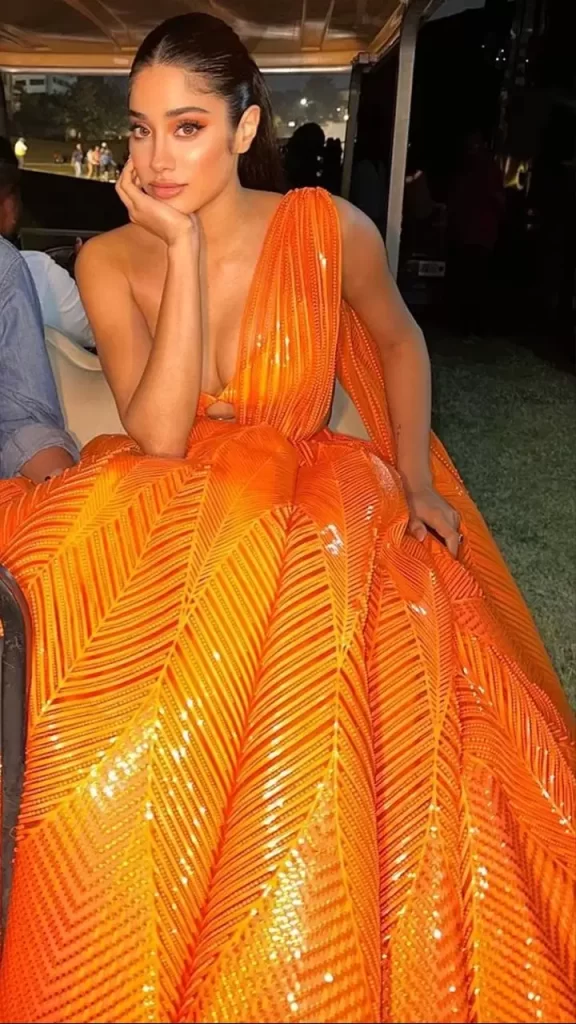
On Sunday, adorn yourself in the vibrant hue of orange. This color embodies warmth, exuberance, and positivity. Wearing orange during Navratri invokes an upbeat energy, bringing vitality and a lively spirit to your celebrations.
Day 5: White
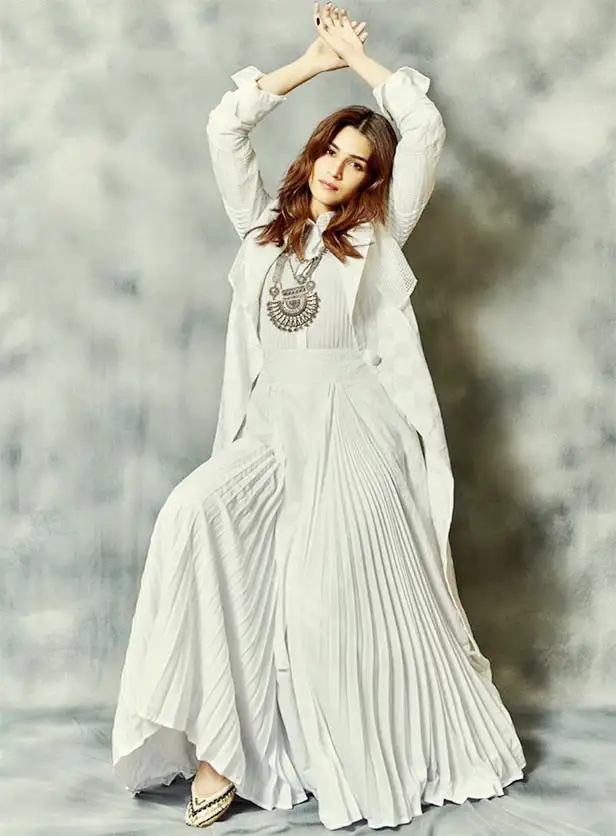
Start your Monday with the purity and serenity of white. Associated with innocence and spiritual clarity, this color invites inner peace and helps you connect with the divine blessings of the Goddess, offering a sense of security and calm.
Day 6: Red
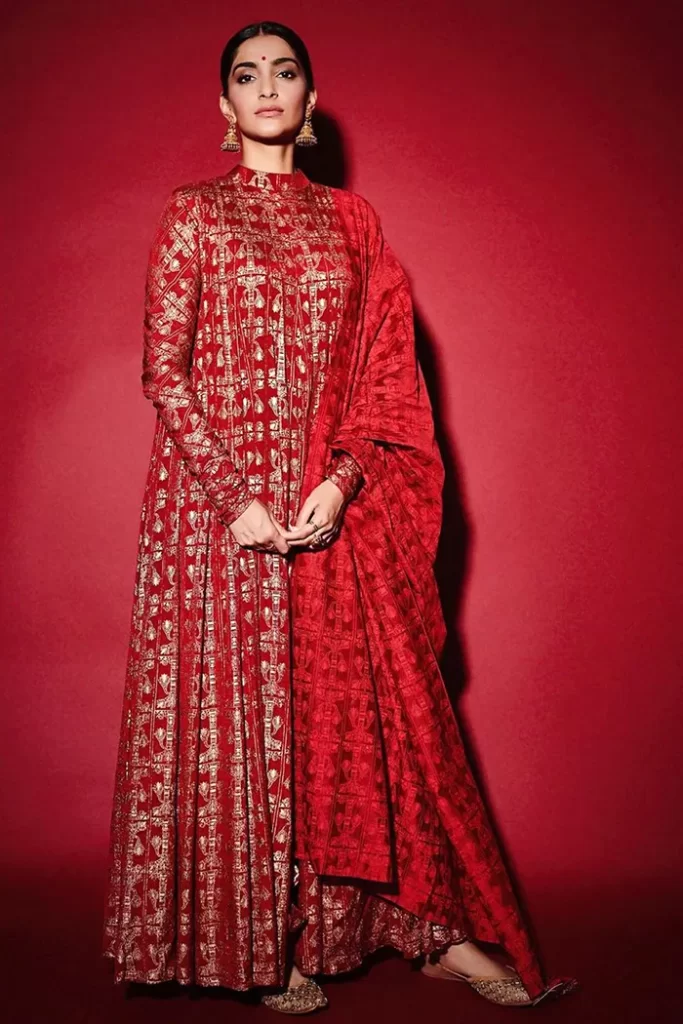
On Tuesday, red takes center stage, symbolizing passion, love, and strength. As one of the most auspicious colors, red is often offered to the Goddess in the form of a Chunri. Wearing red fills you with energy, vigor, and the vibrant spirit of Navratri.
Day 7: Royal Blue
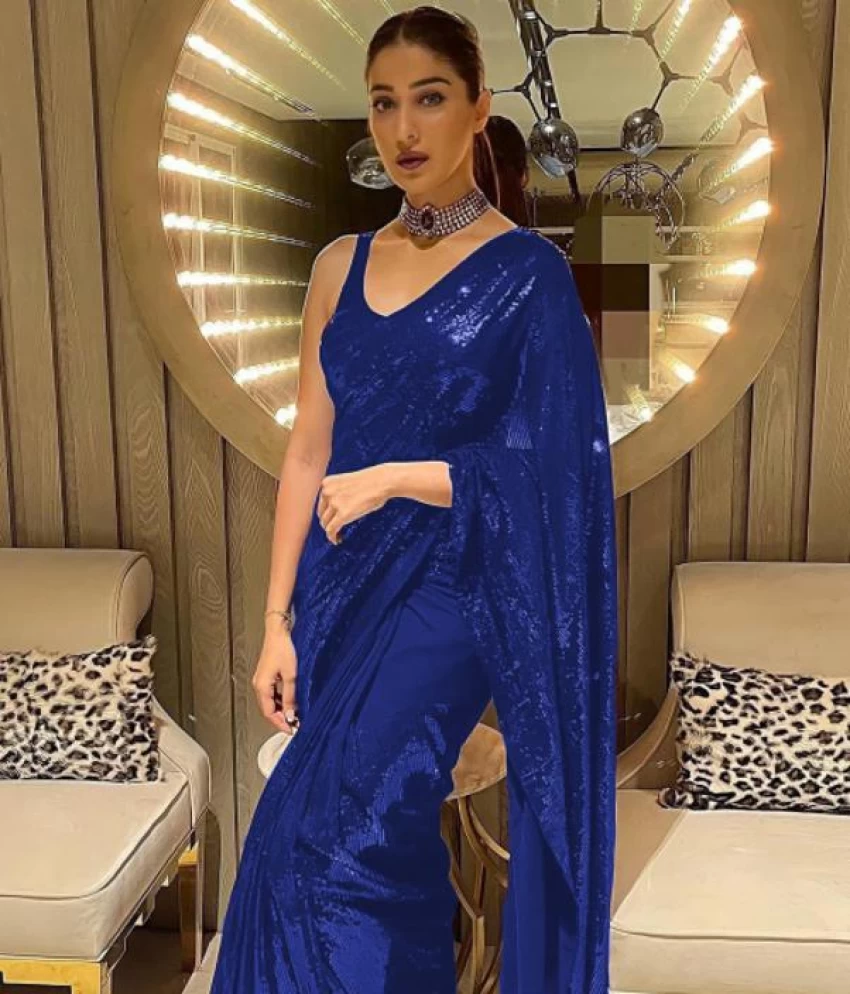
Wednesday’s color is royal blue, representing elegance, richness, and tranquility. This deep, vivid shade of blue exudes confidence and sophistication, making it an ideal choice for those who want to celebrate Navratri with style and grace.
Day 8: Pink
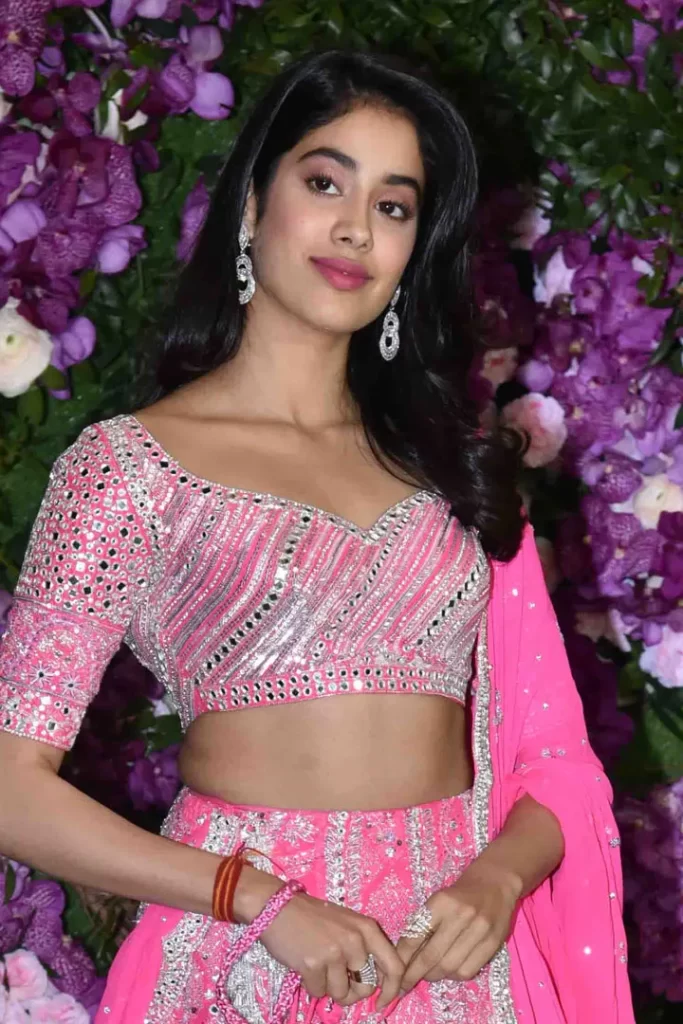
On Thursday, don the charming hue of pink, a symbol of universal love, affection, and harmony. Pink is a color that adds a soft touch of warmth and approachability, making it perfect for creating a loving and joyful atmosphere during the festivities.
Day 9: Purple

On the final day of Navratri, purple takes the spotlight. Associated with luxury, nobility, and grandeur, purple invites opulence into your life. Wearing this regal color while worshipping Navdurga bestows blessings of prosperity and richness, making it the perfect way to end your Navratri celebrations.
Luxury
Cartier’s New High Jewellery Collection is a Love For The Wild

In 2021, the American Museum of Natural History in New York presented Beautiful Creatures, an exhibition showcasing some of the most eccentric jewellery designs of the past century. One standout piece was the iconic crocodile necklace of Mexican actress María Félix, a loyal Cartier patron. Félix, renowned for her bold sense of style, famously strolled into Cartier’s Paris store in 1975 with her pet crocodile, requesting a necklace in its likeness. Cartier delivered, crafting two intertwined crocodiles encrusted with over a thousand emeralds and yellow diamonds. For Félix, crocodiles symbolized freedom, an embodiment of the spirit she associated with Mexico’s Golden Age of cinema.
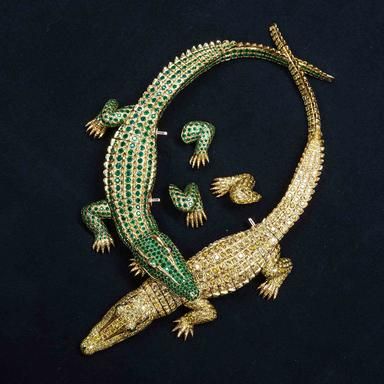
Fast forward to today, and Félix’s wildest dreams seem to have come to life at Cartier’s latest high jewellery collection, Nature Sauvage, previewed at the historic Kursalon Hübner gallery in Vienna. Among the star pieces is the Koaga necklace, a masterful creation where a zebra clasps an emerald-cut diamond and a 6.25-carat pear-shaped rubellite in its mouth. The zebra’s form is exquisitely rendered in alternating onyx stripes and pavé diamonds, making the creature feel almost lifelike.
The relationship between animals and jewellery has deep mythological roots, often glorified through rituals and symbolism. In ancient Egypt, scarab beetles were worn as earrings to signify respect for life’s cyclical nature. Meanwhile, in Hellenistic Greece, gods and goddesses took on the forms of winged creatures in adornment. So, what is it about animal-themed jewellery that continues to captivate us? According to Amanda Triossi, a jewellery historian based in Rome, the allure lies in our primal instincts: “Wearing wild animals like panthers or tigers gives one the sense of having conquered them. It’s empowering, as if you inherit the animal’s strength and attributes.”
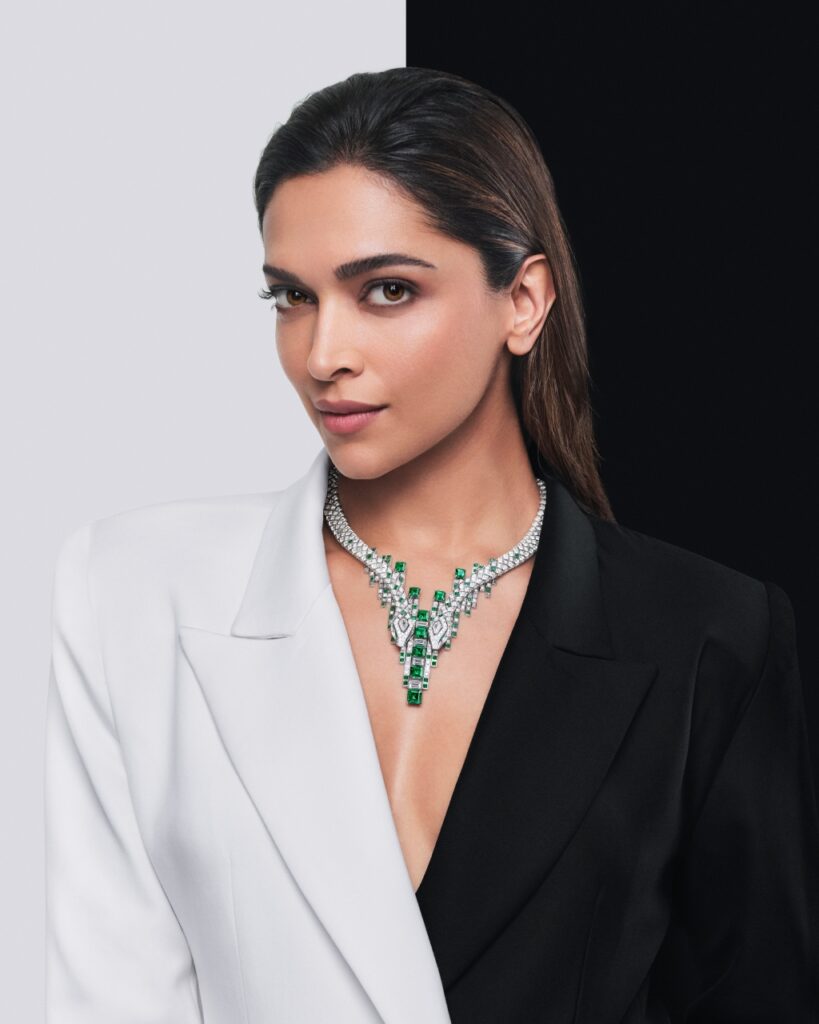
Cartier captures this essence beautifully in its Amphista necklace. Featuring two intertwined snakes with diamond scales set with emeralds, their heads adorned with kite-shaped diamonds, the necklace echoes ancient Chinese philosophy’s yin-yang balance. The pièce de résistance? Nine octagonal Colombian emeralds, weighing a total of 14.72 carats.
Triossi also notes that many historical heroes are often depicted draped in the skins of animals they’ve vanquished, a symbol of triumph. Today, jewellery transforms that symbol into something precious and eternal—animal skins reimagined in imperishable materials.
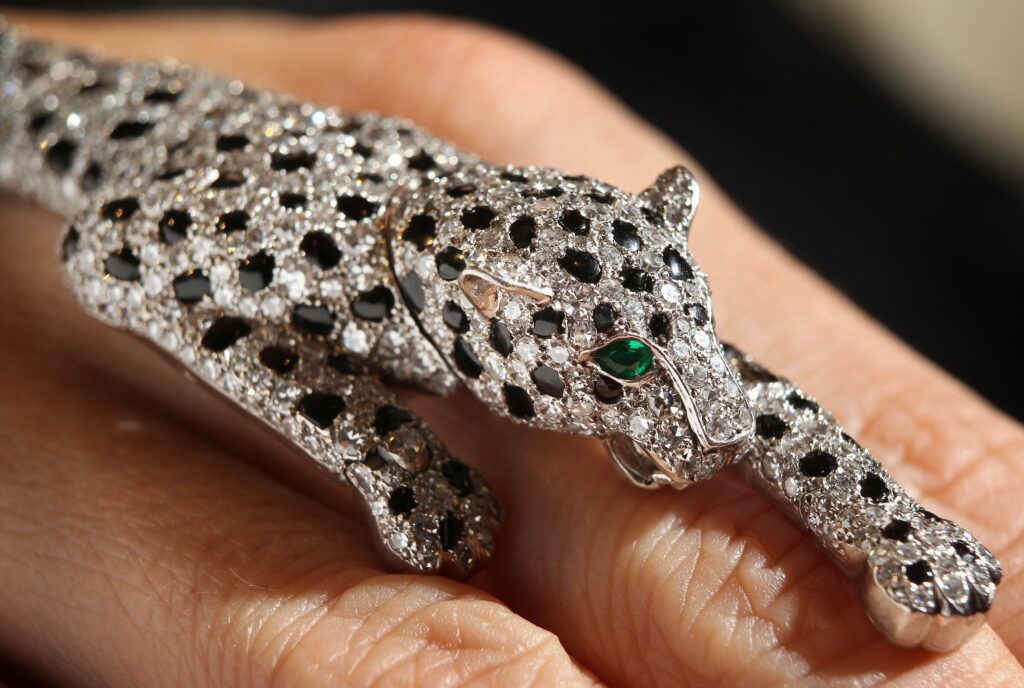
Later that evening, at a celebration held at Vienna’s Kunsthistorisches Museum, the largest in Austria, the enchantment of Cartier’s collection was heightened. The museum’s octagonal domes featured paintings of animals dancing with angels, setting the stage for a magical night. Guests were greeted by masterpieces such as Rembrandt’s Self-Portrait and Caravaggio’s Madonna of the Rosary, alongside Cartier page boys in their signature red hats. The evening’s soundtrack, a seamless blend of Bach and Kygo, was curated by DJ Gillian Sagansky, lending a modern twist to the classical ambiance.
The following day brought another cultural adventure—a visit to Otto Wagner’s Villa, a stunning summer palace designed by the famed architect. The paintings adorning the villa’s walls depicted animals in various forms—some caught in purgatory, others wandering the biblical bardo, with alligators restlessly emerging from swampy landscapes.
Luxury
Indian Craftsmanship Meets Italian Savoir Faire : Rahul Mishra x Tod’s

Quiet luxury was expected to dominate for a while, with many predicting that the return of bold, extravagant fashion would take its time. However, maximalism seems to be making a swift comeback, especially in the realm of designer collaborations. Hot on the heels of the vibrant, print-heavy H&M x Anamika Khanna collection, another limited-edition line has arrived, celebrating opulent luxury: Rahul Mishra x Tod’s.
As part of Tod’s T-Factory project, which features exclusive collaborations with creative innovators, this marks Indian couturier Rahul Mishra’s debut in the international accessories space.

Mishra is a true ambassador of Indian design. Along with his wife Divya Mishra, he leads his eponymous label, which has brought the essence of India to the global stage in remarkable ways. A regular at Paris Fashion Week and the first Indian designer to showcase at Paris Haute Couture Week, his creations have adorned celebrities like Zendaya and Mark Zuckerberg, and have graced magazine covers in South Korea, China, and Europe. With such a path-defining legacy, it’s no surprise that Mishra and his visionary label were Tod’s natural choice for their first-ever Indian collaboration.
Mishra describes this collaboration as a beautiful fusion of “Italian craftsmanship serving as the canvas for Indian vision.” Tod’s iconic Gommino loafers and mules, along with the Di Bag and T Timeless shoulder bag, have been reimagined with intricate resham embroidery, crystals, and sequins—all meticulously hand-embroidered at Mishra’s atelier in Noida. “It was a technically challenging process that took time to perfect. I can confidently say these are some of the finest bags and shoes you’ll ever witness, in terms of craftsmanship and longevity. Such pieces are forever,” Mishra proudly shares.
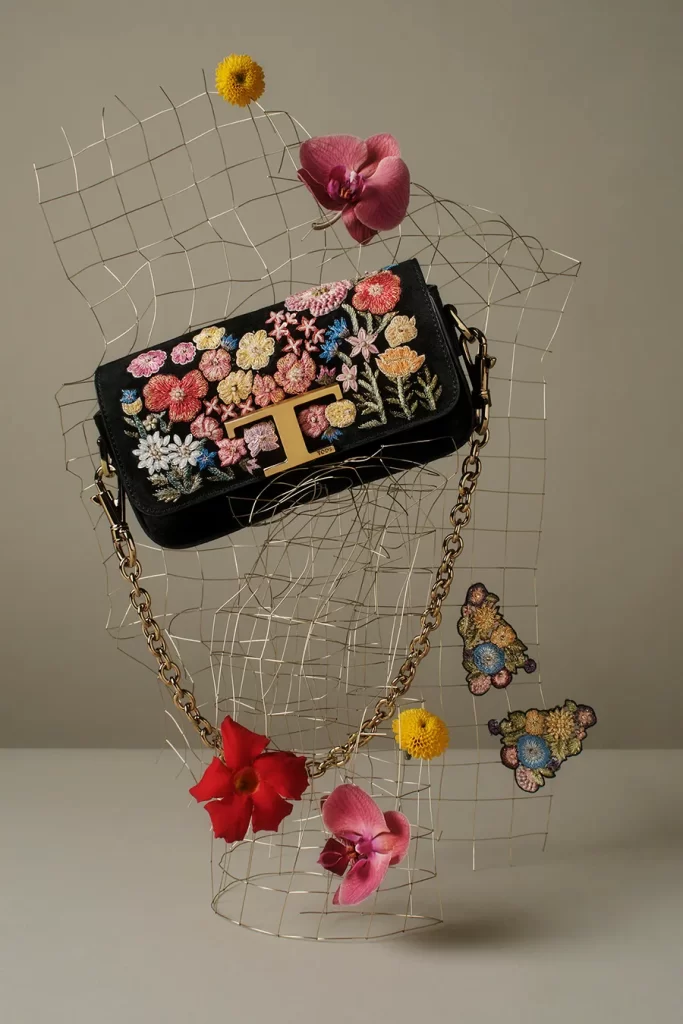
Crafted entirely between India and Italy, the limited-edition pieces from this collection are a true love letter to the artisanal heritage of both nations. “There’s a beauty in the teamwork here,” Mishra explains. “We received raw materials from Italy and worked on integrating our embroideries seamlessly into their leather. The pieces were then sent back to Tod’s, where they transformed them into stunning, three-dimensional products. In that sense, it’s been a genuine collaboration between Italy and India.”
Mishra firmly believes that the future of global design will be shaped by a global Indian aesthetic. “Just as French, Italian, British, and Japanese designs are now seen as universal,” he explains. This collaboration marks a significant step in advancing that narrative. “When you push the boundaries of ‘handmade in India’ to be respected at the pinnacle of luxury, everything else will naturally follow,” he emphasizes.






